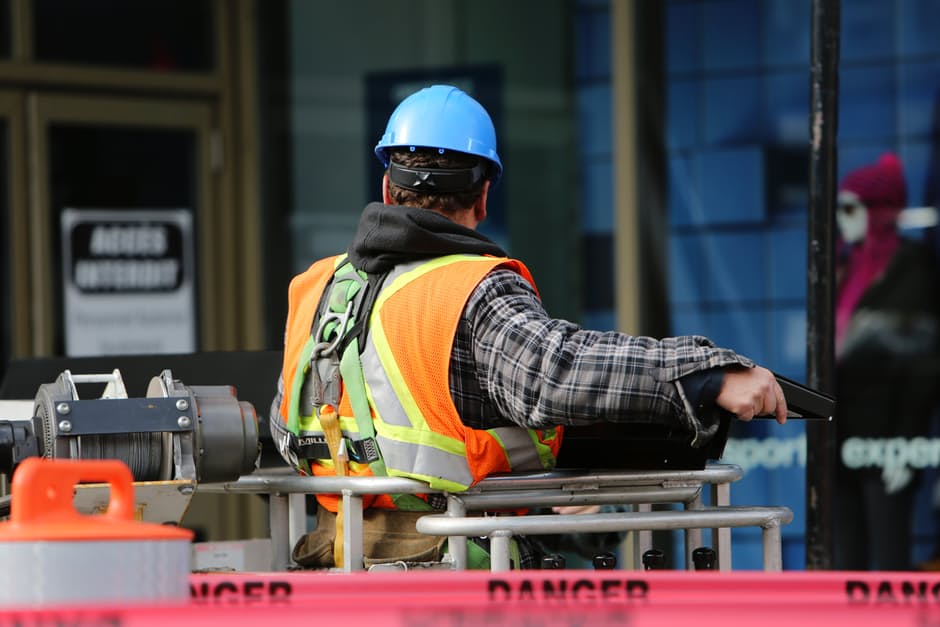Business
A day in the life of a health and safety adviser
Working as a health and safety adviser, you have the satisfaction of knowing that every day, your efforts are helping to keep others safe. But what exactly do these roles involve, and what can you expect if you take one? Here, we examine how varied these jobs can be and take a look at an example of a 9-5 in this field.
No two jobs, or two days, are the same
It’s not easy to sum up the typical role of a health and safety adviser because these positions can be so wide-ranging. Although many practitioners start off by completing an industry recognised qualification like the National Examination Board in Occupational Safety and Health (NEBOSH) International Diploma in Occupational Safety and Health offered by training specialists such as Sheilds, they can end up doing very different jobs.
Advisers can work in industries ranging from construction, engineering and manufacturing to healthcare, education and catering. Meanwhile, duties can cover everything from conducting risk assessments and investigating workplace accidents to developing safety policies and training fellow workers.
Stepping into a safety adviser’s shoes
To give you a clearer idea of what it can be like to live the life of a health and safety adviser, here’s an example of a day working as a practitioner in the construction industry:
Morning: Arrive at the office at 9am and check and reply to emails. Then travel by car to the first building site of the day and sign in before catching up with the site manager. Walk around the building site and speak to workers and subcontractors, addressing any issues or concerns they raise. Then give a short talk to a group of personnel on the dangers of working with dust. Before leaving, write up a site inspection report and email this to the office. Also, agree on the safety actions to be taken before the next visit.
Lunch: At around 12pm, eat a packed lunch in the car and then drive to the next building site.
Afternoon: Arrive at the second site around 1pm and sign in. Deliver training session on toolbox safety before conducting safety checks on working platforms. Then review and amend a fire risk assessment and a traffic management plan. Check that the plant operators are keeping the lifting equipment records up to date. At 3.30pm, leave the site to drive home before checking and sending the last emails of the day. Stop working just after 5pm.
Of course, if you took a health and safety practitioner job in an industry other than construction, your days would be very different to this, but this example shows some of the many skills these roles can draw on.












